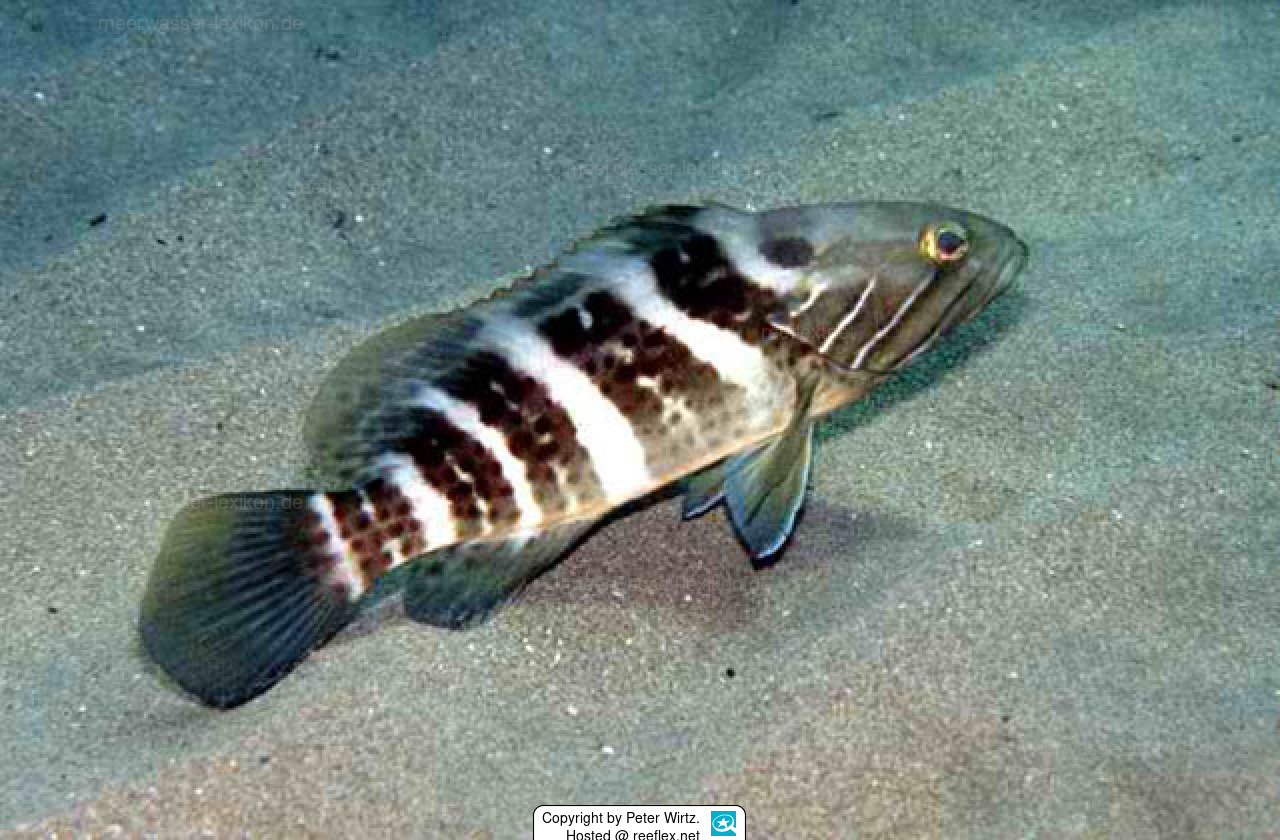Info
Distribution
Eastern Atlantic: along the west coast of Africa to southern Angola, including the southern (Geoffroy Saint-Hilaire, 1817)
Eastern Atlantic: along the west coast of Africa to southern Angola, including the southern Mediterranean.
Records from the Canary Islands and Cape Verde are unsubstantiated.
Biology
Adults are found on rocky or mud-sand bottom; juveniles have been taken in coastal lagoons and estuaries.
In the west African waters, diet comprise of fishes, stomatopods, crabs and cephalopods (10%). It is a protogynous hermaphrodite.
The seasonal migration of the species off the coast of Senegal is influenced by the seasonal upwelling off Senegal and Mauritania. Utilized fresh and smoked.
Highly esteemed in the market of West Africa.
Eastern Atlantic: along the west coast of Africa to southern Angola, including the southern (Geoffroy Saint-Hilaire, 1817)
Eastern Atlantic: along the west coast of Africa to southern Angola, including the southern Mediterranean.
Records from the Canary Islands and Cape Verde are unsubstantiated.
Biology
Adults are found on rocky or mud-sand bottom; juveniles have been taken in coastal lagoons and estuaries.
In the west African waters, diet comprise of fishes, stomatopods, crabs and cephalopods (10%). It is a protogynous hermaphrodite.
The seasonal migration of the species off the coast of Senegal is influenced by the seasonal upwelling off Senegal and Mauritania. Utilized fresh and smoked.
Highly esteemed in the market of West Africa.







 Prof. Dr. Peter Wirtz, Madeira
Prof. Dr. Peter Wirtz, Madeira





















































